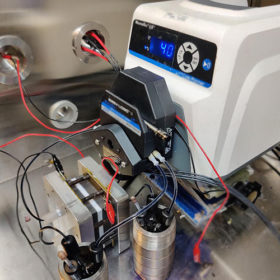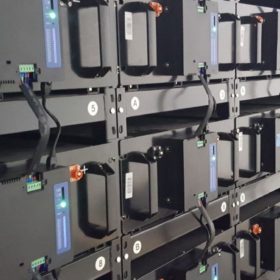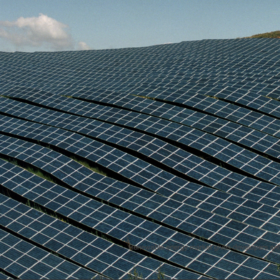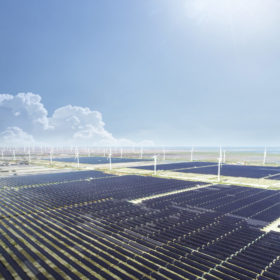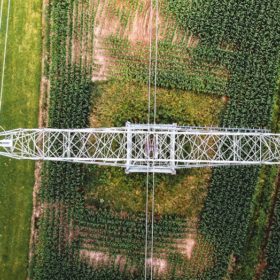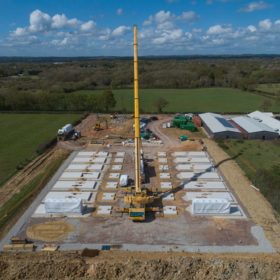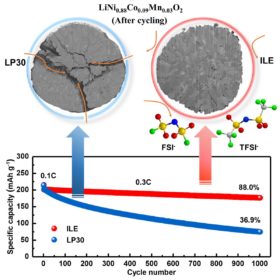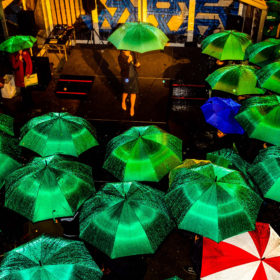Redox flow battery retains more than 90% of capacity over 6,000 cycles via new catholyte
The battery was built with a new catholyte and a symmetry-breaking strategy, which consists of changing the symmetry of the redox-active organic molecules instead of using the common approach of attaching a hydrophilic functional group.
Energy storage appears to be fully charged for exponential growth
Lithium-based energy storage volumes in the U.S. are expected to grow by multiple orders of magnitude in the coming years, with a 1000% capacity increase by 2023.
How Australia could save almost $7 billion on its energy transition
The risks posed to renewable-energy projects by Australia’s uncertain climate change policies and hamstrung regulators, have become a concerning brake on investment. Adjusting settings to reduce those risks would revitalise investor sentiment and vastly reduce the cost of implementing the country’s switch to renewables, says the Clean Energy Investor Group.
New net-zero-pursuing investors change Australia’s renewable-energy development game
Imperatives meet opportunity. Corporate and utility goals for sustainability are driving a new group of investors to pick up the Australian renewable-energy resource and run with it. A new PwC report outlines how the new investor-developer partnerships could work.
Sunday read: China’s battery storage awakening
China’s efforts to shift electricity generation from a coal-dominated system to a greener mix of renewables is not only centred on wind, solar and other technologies – the country is also rapidly pursuing energy storage. Vincent Shaw reports from Shanghai.
CEFC to pursue ‘priority areas’ after year of investment firsts
The Australian government’s green bank has reaffirmed its intent to evolve beyond investing in solar and wind, expanding its focus to include green hydrogen, energy storage and transmission projects after finalising a string of investment firsts in the past 12 months.
Energy storage projects attract attention of global EPC giant
With large-scale battery developments emerging as an increasingly important component of Australia’s energy mix, India-headquartered multinational Sterling and Wilson Solar has revealed plans to expand its renewable energy offerings to include providing engineering, procurement and construction solutions for energy storage projects.
Monash chemists find novel salt solution for lithium-ion battery fires
Researchers at Monash University have published a new study in which high voltage lithium batteries, such as those used in electric vehicles and grid scale energy storage systems, are tested with a novel lithium salt shown to be far less hazardous than current conventional materials.
Lithium-metal battery with capacity retention of 88% over 1000 cycles
German scientists have applied a new combination of cathodes and electrolytes to improve the stability of lithium-metal batteries. They fabricated a device with an energy density of 560 watt-hours per kilogram and a Coulombic efficiency of 99.94%.
SA Greens seek to reinstate a publicly owned electricity system — based on renewables
The South Australian Greens Party has proposed a tax-and-spend plan for the state that goes against everything the Federal Government advocates, in favour of massive funding of essential services and reducing carbon emissions in the process.
